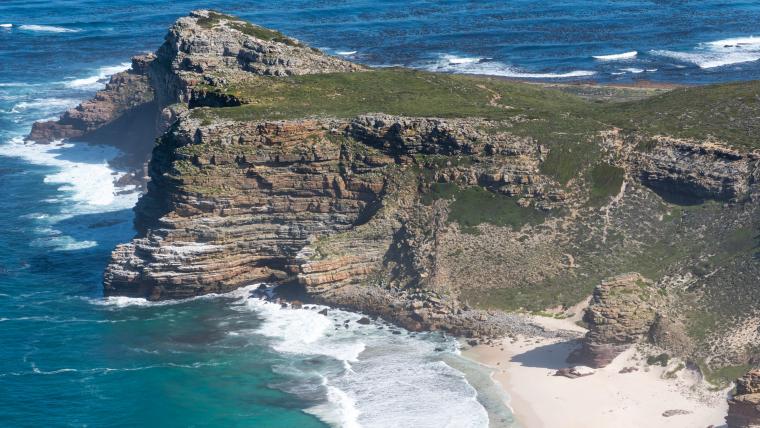
Cape Point: The wild peninsula that cannot be tamed
Over 500 years ago, explorer Bartolomeu Dias must have encountered Cape Point on a terrible day of weather, as he aptly called the area the Cape of Storms. With wind roaring and sea boiling, the gales that beat this jagged coastline remain unbridled. As awe-inspiring in a squall as it is on a calm day, Cape Point is a spectacle of natural wonder.
GO: In Table Mountain National Park just 60 kilometres from Cape Town, a tempestuous paradise awaits. Thousands of hectares of abundant fauna and flora cover this peninsula.
SEE: Over 1 000 indigenous plant types flourish here. Eleven are endemic to the reserve, such as the stout and pink-tipped cowl pagoda. The Cape’s infamous baboons hoot and bark as they trek through the fynbos, while leopard tortoises amble closer to the ground in search of succulents and grasses to nibble on.
DO: Follow the gentle two-kilometre Lighthouse Keeper’s Trail to the edge of sheer cliffs, and overlook the sea from an 1859 lighthouse. Because this illuminated tower was built too high up on the peak, clouds often covered it just when sailors needed it most. This was perilous in storms, and the old lighthouse proved to be more treacherous than reliable.
Below the surface of the sea, divers frolic among the marine life. Cape fur seals are a fixture of underwater exploits in this stretch of chilly water. Book with Pisces Divers for a safe and unforgettable safari.
Today, WiFi hotspots and cafés dot this landscape, attempts to domesticate the wild. But no one can tame the weather, leaving Cape Point as unruly, fearsome, and breathtaking as it was centuries ago.
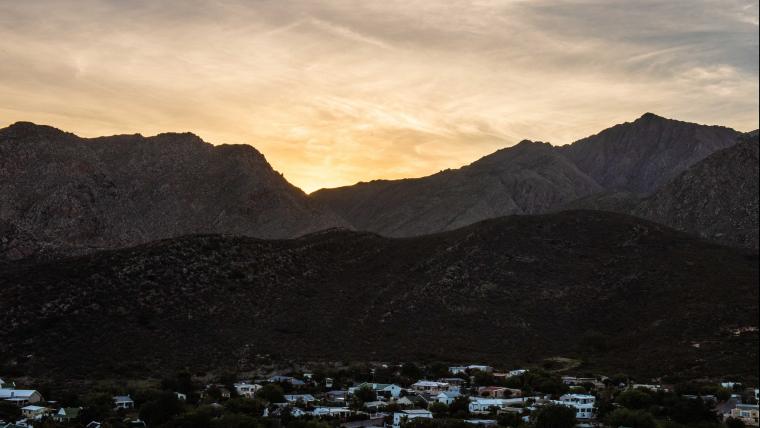

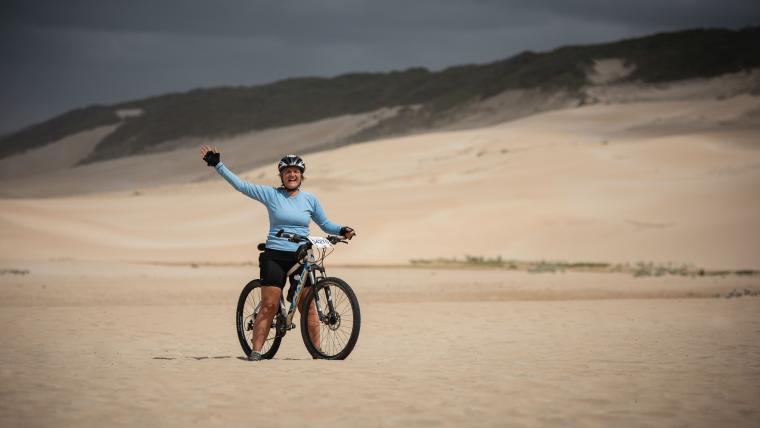
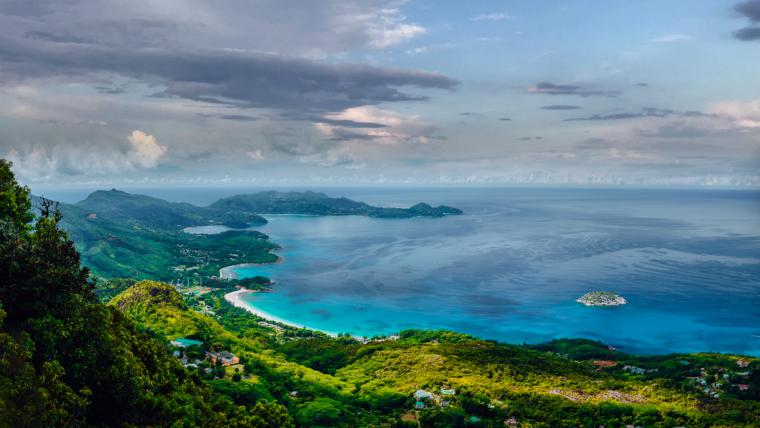

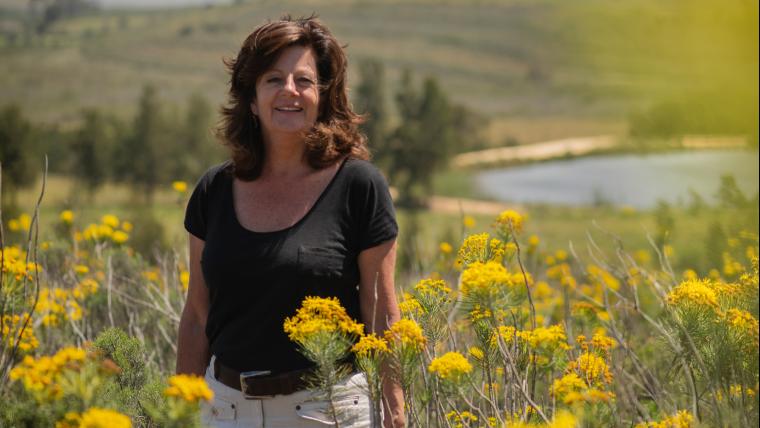
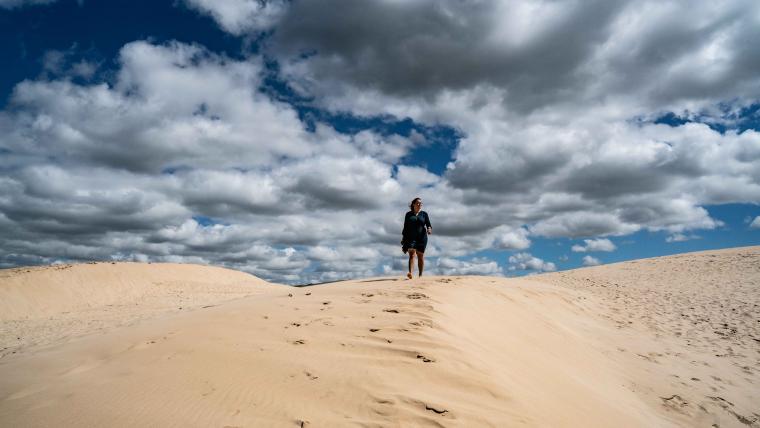

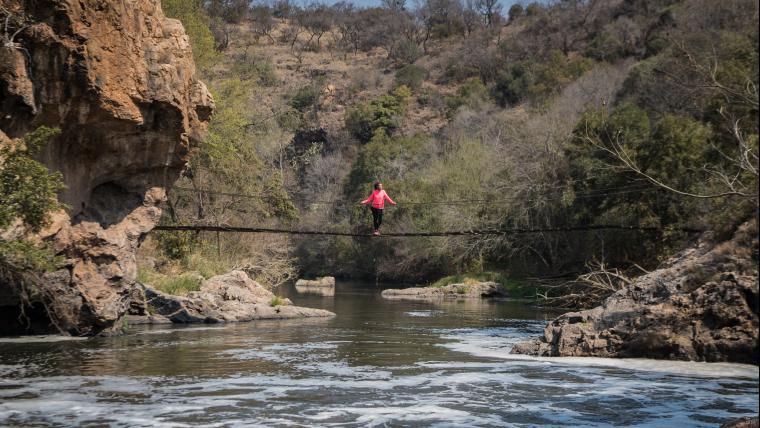





















Please sign in to leave a comment